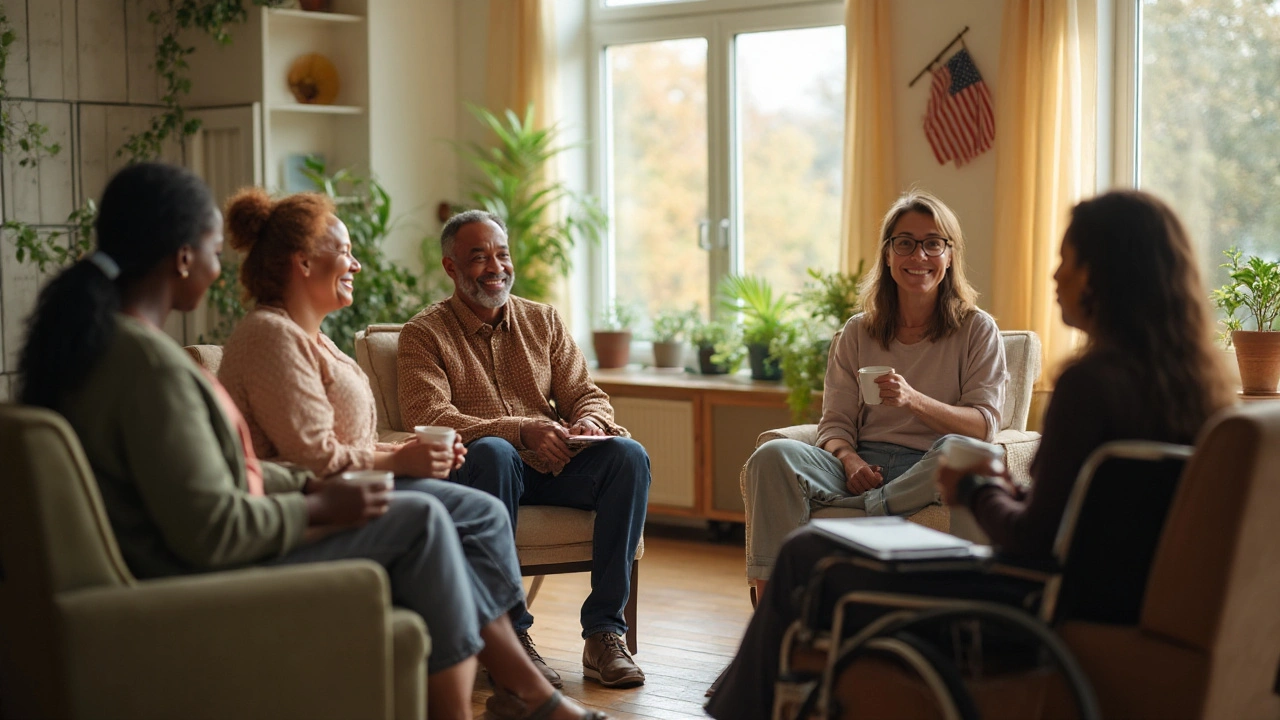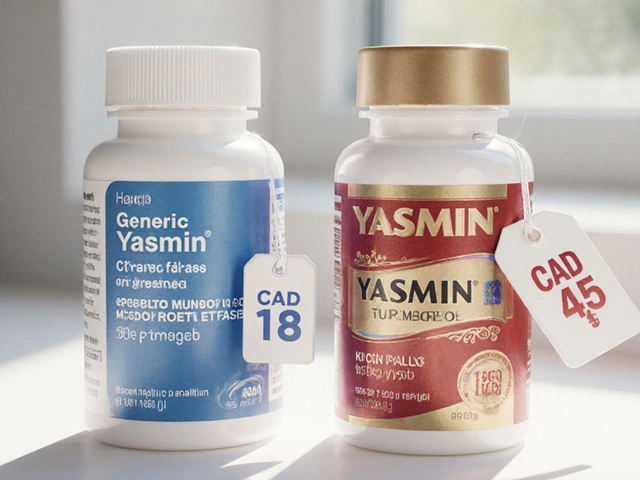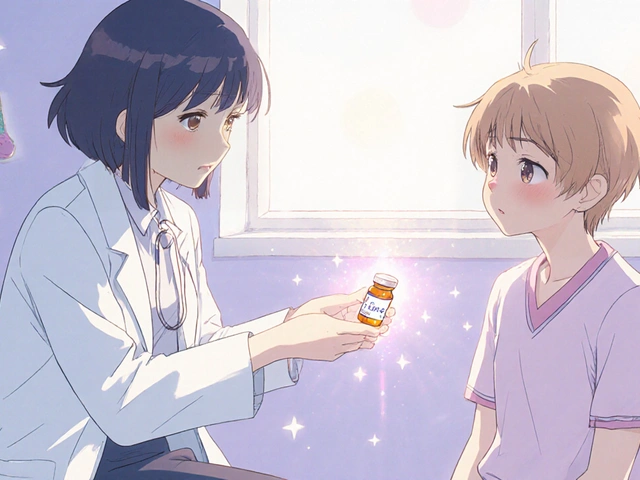Group Therapy for Depression: What It Is and Why It Works
If you’ve tried talking to a therapist one‑on‑one and still feel stuck, a depression support group might be the missing piece. Group therapy brings together people who share the same struggle, letting you learn from others while getting professional guidance. It’s a safe space where you can speak openly, hear real‑life coping tricks, and feel less alone.
Top Benefits You’ll Feel Quickly
Shared experience. Hearing someone else describe the same anxiety or low mood you’re dealing with instantly reduces the feeling that you’re the only one struggling.
Practical tips. Group members swap everyday strategies—like how to set a simple bedtime routine or use a mood‑tracking app—that you can try right away.
Accountability. When the group agrees on a small goal, like walking 10 minutes a day, you’re more likely to follow through because others are checking in.
Cost‑effective care. One therapist leads the session, but the cost is split among participants, making it cheaper than many private appointments.
How to Find the Right Group
Start by checking local mental‑health clinics or community centers. Many post schedules online, and you can usually call to ask about the group’s focus—some cater to adults, others to seniors or teens.
If you prefer online, look for platforms that verify facilitators’ credentials. A quick search for "licensed group therapist" plus your city often lists virtual groups that meet via video chat.
Ask these questions before you commit: Is the leader a licensed mental‑health professional? How many people usually attend? What’s the confidentiality policy? Knowing the answers helps you avoid groups that are more social clubs than therapy.
When you join, bring a notebook. Write down the coping methods that resonate, and note any questions you want to ask later. Most groups start with introductions, then the therapist leads a short skill‑building exercise, and finally members share their experiences.Don’t worry if you feel shy at first—most people understand that opening up takes time. You can listen for a few sessions before speaking up, and the group will still benefit from your presence.
Remember, group therapy isn’t a cure‑all. It works best when combined with other treatments like medication, personal therapy, or lifestyle changes. If you notice your mood worsening, let the facilitator know right away; they can suggest additional resources.
Give it a try for at least six weeks. Consistency lets you see real patterns in how the group influences your mood and motivation. If after that you still feel it isn’t right, you can explore another group or return to individual therapy.
Bottom line: group therapy offers peer support, practical tools, and a sense of belonging that can turn a lonely battle with depression into a shared journey toward feeling better.
24 September 2025
Tessa Marley
Discover how support groups empower those battling depression, offering validation, coping skills, social connection, and relapse prevention in both in‑person and online formats.
Continue Reading...






